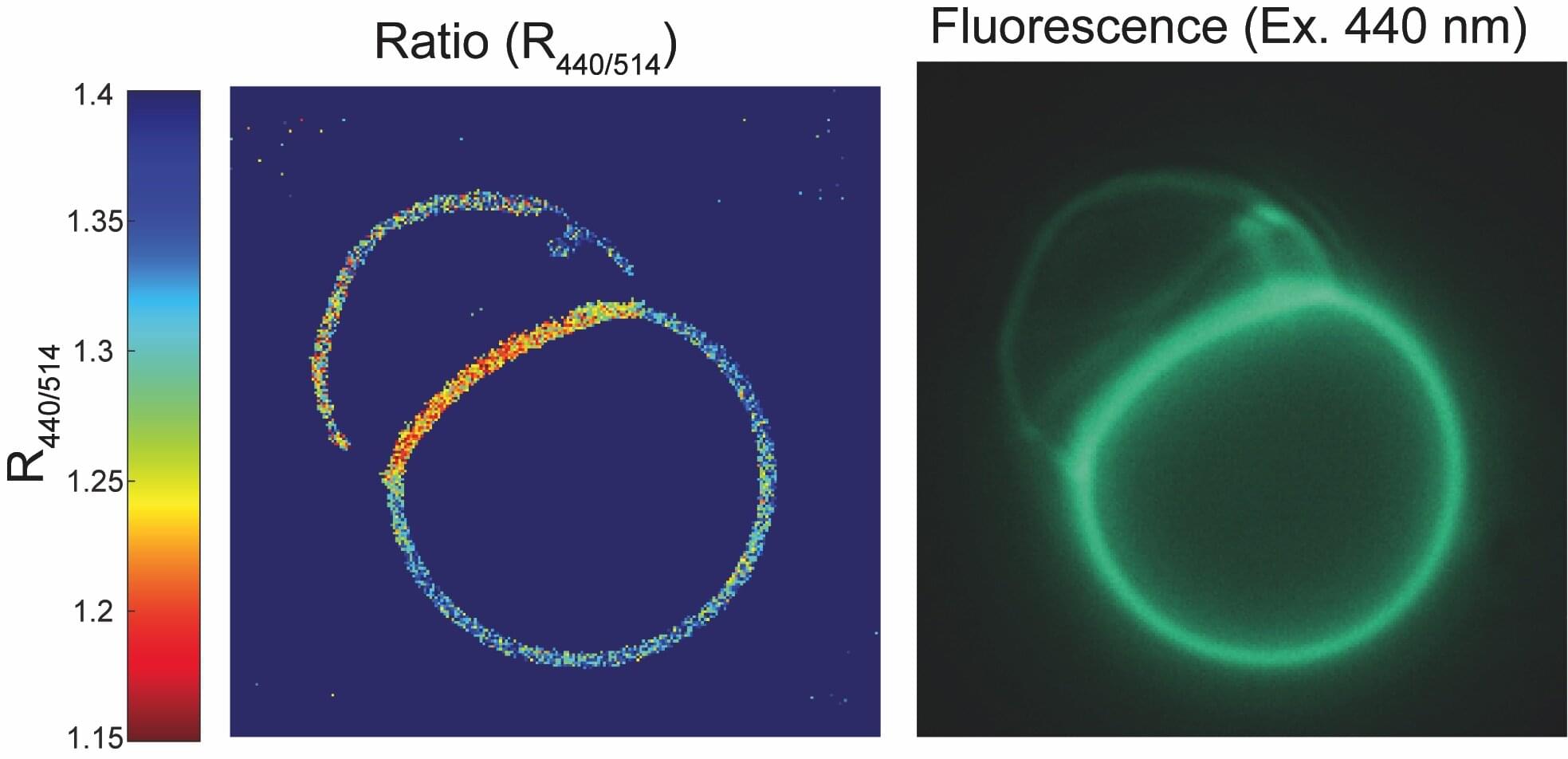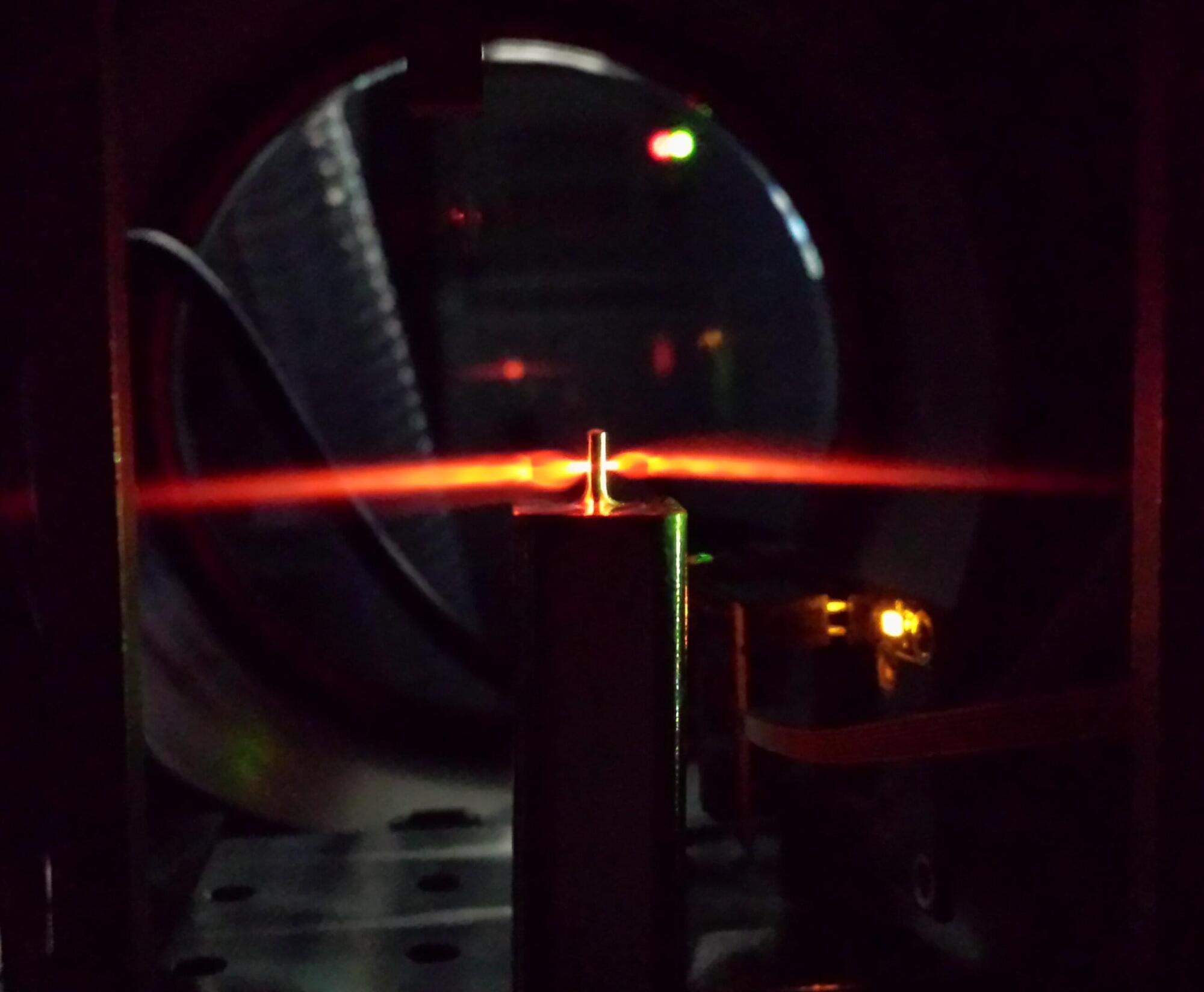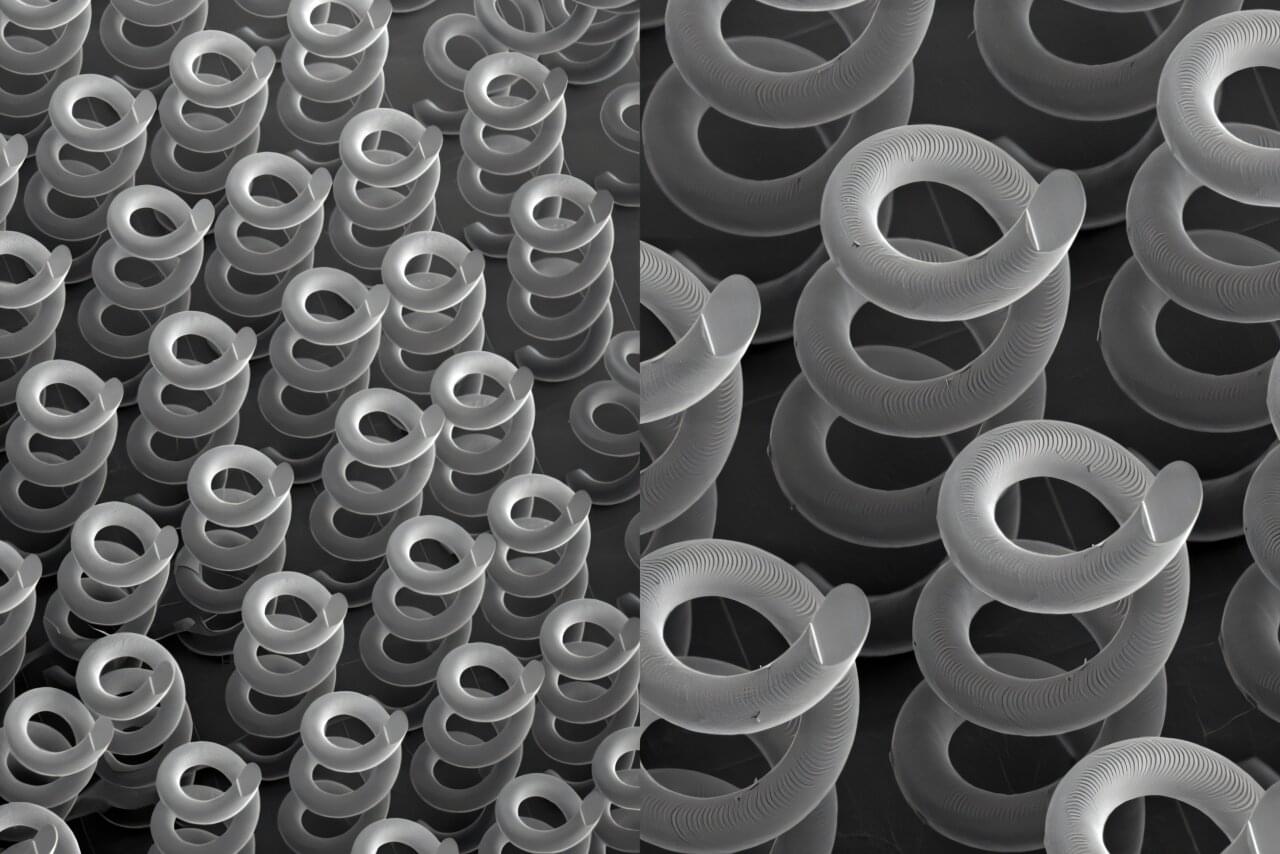The breakthrough wasn’t speed or scale, but a neural architecture that finally respected protein geometry.
AlphaFold didn’t accelerate biology by running faster experiments. It changed the engineering assumptions behind protein structure prediction.
The breakthrough wasn’t speed or scale, but a neural architecture that finally respected protein geometry.
AlphaFold didn’t accelerate biology by running faster experiments. It changed the engineering assumptions behind protein structure prediction.

Many biological processes are regulated by electricity—from nerve impulses to heartbeats to the movement of molecules in and out of cells.
A study by Scripps Research scientists reveals a previously unknown potential regulator of this bioelectricity: droplet-like structures called condensates. Condensates are better known for their role in compartmentalizing the cell, but this study shows they can also act as tiny biological batteries that charge the cell membrane from within.
The team showed that when electrically charged condensates collide with cell membranes, they change the cell membrane’s voltage—which influences the amount of electrical charge flowing across the membrane—at the point of contact.

Electrons determine everything: how chemical reactions unfold, how materials conduct electricity, how biological molecules transfer energy, and how quantum technologies operate. But electron dynamics happens on attosecond timescales—far too fast for conventional measurement tools.
Researchers have now generated a 19.2-attosecond soft X-ray pulse, which effectively creates a camera capable of capturing these elusive dynamics in real time with unprecedented detail, enabling the observation of processes never observed before. Dr. Fernando Ardana-Lamas, Dr. Seth L. Cousin, Juliette Lignieres, and ICREA Prof. Jens Biegert, at ICFO, has published this new record in Ultrafast Science. At just 19.2 attoseconds long, it is the shortest and brightest soft X-ray pulse ever produced, giving rise to the fastest “camera” in existence.
Flashes of light in the soft X-ray spectral range provide fingerprinting identification, allowing scientists to track how electrons reorganize around specific atoms during reactions or phase transitions. Generating an isolated pulse this short, required innovations in high-harmonic generation, advanced laser engineering, and attosecond metrology. Together, these developments allow researchers to observe electron dynamics, which define material properties, at their natural timescales.

Jim Al-Khalili explores emerging technologies powering the future of quantum, and looks at how we got here.
This Discourse was recorded at the Ri on 7 November 2025, in partnership with the Institute of Physics.
Watch the Q&A session for this talk here (exclusively for our Science Supporter members):
Join this channel as a member to get access to perks:
/ @theroyalinstitution.
Physicist and renowned broadcaster Jim Al-Khalili takes a look back at a century of quantum mechanics, the strangest yet most successful theory in all of science, and how it has shaped our world. He also looks forward to the exciting new world of Quantum 2.0 and how a deeper understanding of such counterintuitive concepts as quantum superposition and quantum entanglement is leading to the development of entirely new technologies, from quantum computers and quantum sensors to quantum cryptography and the quantum internet.
The United Nations has proclaimed 2025 as the International Year of Quantum Science and Technology, to celebrate the centenary of quantum mechanics and the revolutionary work of the likes of Werner Heisenberg and Erwin Schrödinger. Together with the Institute of Physics, join us to celebrate the culmination of the International Year of Quantum at the penultimate Discourse of our Discover200 year.
-

A new study from the University of Miami Rosenstiel School of Marine, Atmospheric, and Earth Science and the Marine Megafauna Foundation finds that young Caribbean manta rays (Mobula yarae) often swim with groups of other fish, creating small, moving ecosystems that support a variety of marine species.
The paper is published in the journal Marine Biology.
South Florida —particularly Palm Beach County—serves as a nursery for juvenile manta rays. For nearly a decade, the Marine Megafauna Foundation has been studying these rays and documenting the challenges they face from human activities near the coast, such as boat strikes and entanglement in fishing gear, which can pose significant threats to juvenile mantas.

Researchers at Lawrence Livermore National Laboratory (LLNL) have optimized and 3D-printed helix structures as optical materials for terahertz (THz) frequencies, a potential way to address a technology gap for next-generation telecommunications, non-destructive evaluation, chemical/biological sensing and more.
The printed microscale helices reliably create circularly polarized beams in the THz range and, when arranged in patterned arrays, can function as a new type of Quick Response (QR) for advanced encryption/decryption. Their results, published in Advanced Science, represent the first full parametric analysis of helical structures for THz frequencies and show the potential of 3D printing for fabricating THz devices.


A decade ago, a group of scientists had the literally brilliant idea to use bioluminescent light to visualize brain activity.
“We started thinking: ‘What if we could light up the brain from the inside?’” said Christopher Moore, a professor of brain science at Brown University. “Shining light on the brain is used to measure activity — usually through a process called fluorescence — or to drive activity in cells to test what role they play. But shooting lasers at the brain has down sides when it comes to experiments, often requiring fancy hardware and a lower rate of success. We figured we could use bioluminescence instead.”
With a major grant from the National Science Foundation, the Bioluminescence Hub at Brown’s Carney Institute for Brain Science launched in 2017 based on collaborations between Moore (associate director of the Carney Institute), Diane Lipscombe (the institute’s director), Ute Hochgeschwender (at Central Michigan University) and Nathan Shaner (at the University of California San Diego).
The scientists’ goal was to develop and disseminate neuroscience tools based on giving nervous system cells the ability to make and respond to light.
In a study published in Nature Methods, the team described a bioluminescence tool it recently developed. Called the Ca2+ BioLuminescence Activity Monitor — or “CaBLAM,” for short — the tool captures single-cell and subcellular activity at high speeds and works well in mice and zebrafish, allowing multi-hour recordings and removing the need for external light.
More said that Shaner, an associate professor in neuroscience and in pharmacology at U.C. San Diego, led the development of the molecular device that became CaBLAM: “CaBLAM is a really amazing molecule that Nathan created,” Moore said. “It lives up to its name.”
Measuring ongoing activity of living brain cells is essential to understanding the functions of biological organisms, Moore said. The most common current approach uses imaging with fluorescence-based genetically encoded calcium-ion indicators.

The mouse is a tractable model for human ovarian biology; however, its utility is limited by incomplete understanding of how transcription and signaling differ interspecifically and with age. We compared ovaries between species using three-dimensional imaging, single-cell transcriptomics, and functional studies. In mice, we mapped declining follicle numbers and oocyte competence during aging; in human ovaries, we identified cortical follicle pockets and decreases in density. Oocytes had species-specific gene expression patterns during growth that converged toward maturity. Age-related transcriptional changes were greater in oocytes than in granulosa cells across species, although mature oocytes change more in humans. We identified ovarian sympathetic nerves and glia; axon density increased in aged ovaries and, when ablated in mice, perturbed folliculogenesis.